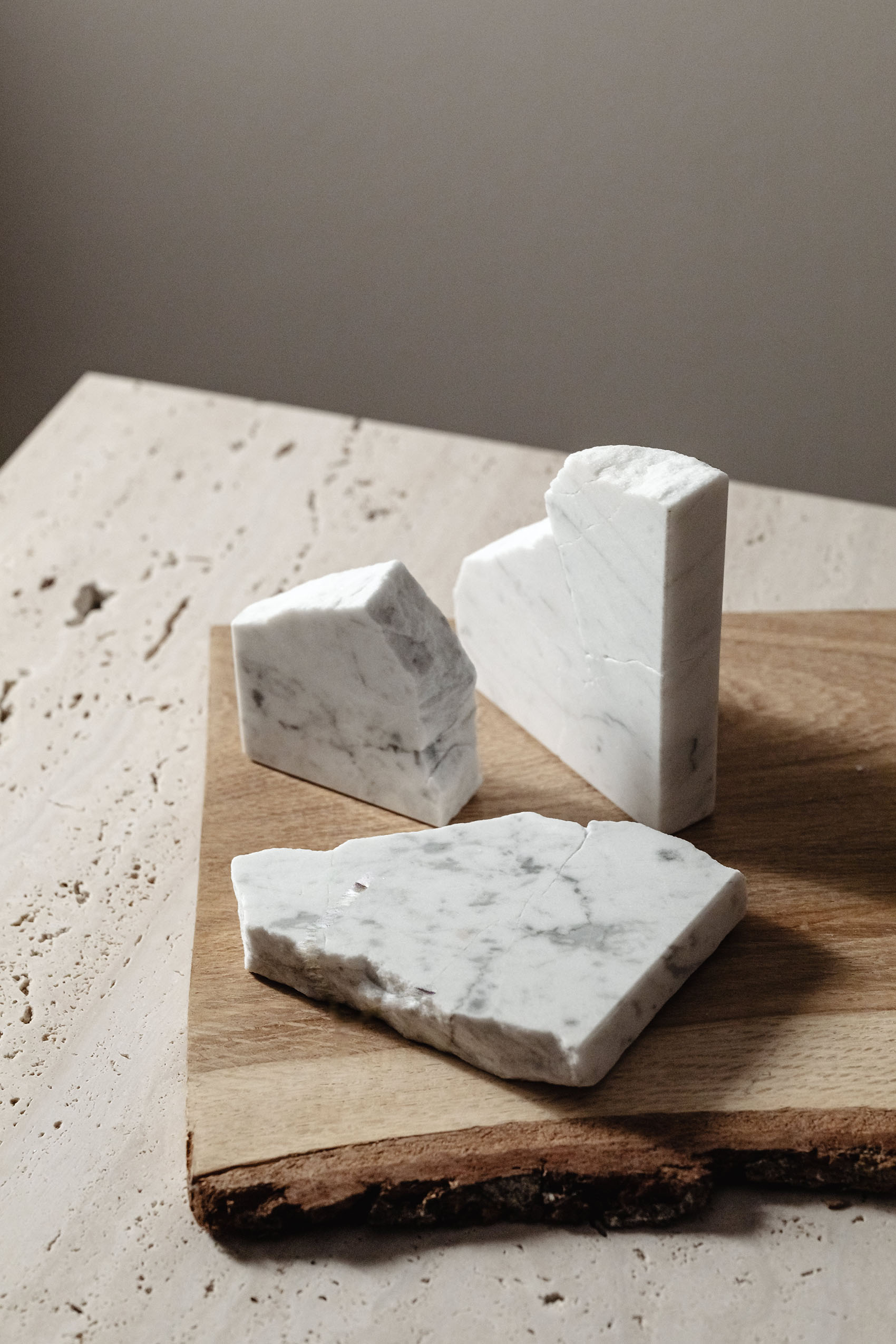Creating a Dopamine Menu: A Guide to Positive Reinforcement

“Dopamine encourages us to seek out rewarding experiences and keep pursuing goals that yield a sense of accomplishment,” says Mary Poffenroth, Ph.D., a biopsychologist and author of Brave New You.
A dopamine menu is a powerful tool for self-motivation and positive reinforcement. It’s a list of activities that bring you joy, satisfaction, or a sense of accomplishment, triggering the release of dopamine in your brain. Here’s how to create your own dopamine menu:
Step 1: Brainstorm Activities
Start by listing activities that make you feel good. These can be:
- Short-term pleasures (e.g., eating your favorite snack, watching a funny video)
- Long-term rewards (e.g., completing a project, learning a new skill)
- Physical activities (e.g., going for a walk, dancing)
- Creative pursuits (e.g., drawing, writing, playing music)
- Social interactions (e.g., calling a friend, playing a game with family)
Step 2: Categorize Your Activities
Organize your list into categories based on factors like:
- Time required (5 minutes, 30 minutes, 1 hour, etc.)
- Energy level needed (low, medium, high)
- Cost (free, low-cost, splurge)
- Solo vs. social activities
Step 3: Create Your Menu
Design your dopamine menu like a restaurant menu. You might have sections like:
- “Quick Bites” (short, easy activities)
- “Main Courses” (longer, more engaging activities)
- “Desserts” (special treats or rewards)
Appetizers:
- Listen to your favorite upbeat song
- Take a 5-minute stretch break
- Look at a photo album or photos on your phone
- Try box breathing
- Send a message to a friend
- Water your plants
- hug a friend
- Solve a quick puzzle or brain teaser
- Read a short joke or funny meme
- Take a brief walk around your home or office
- Celebrate a win, big or small
Entrees:
- Take a 30-minute nature walk or hike
- Cook and enjoy a favorite meal from scratch
- Practice a musical instrument for an hour
- Practice gratitude
- Have a video call with a close friend or family member
- Engage in a hobby like painting, knitting, or gardening
- Taking time to meditate
- Create more time for sleep and rest
- Take a relaxing bath with aromatherapy
- Read a chapter from an engaging book
- Do a 45-minute workout or yoga session
- Work on a personal project (writing, coding, crafting)
- Start a savings fund for a big future reward (e.g., vacation, major purchase)
Desserts:
- Treat yourself to a new gadget or tech item
- Take a day off work for a personal “mental health day”
- Sign up for a class or workshop you’ve been interested in
- Eating chocolate or sugary foods
- Playing video games
- Splurge on a fancy dinner at a high-end restaurant
- Buy yourself a new outfit or accessory
- Binging your favorite show
- Scroll on TikTok and other social media
“By proactively engaging in certain activities that naturally increase dopamine levels, we can tap into dopamine’s power to improve productivity, enhance mood, and elevate overall well-being,” says Shun Huddleston, Ph.D., a clinical psychologist in Houston.
Step 4: Make It Accessible
Keep your dopamine menu easily accessible. You could:
- Create a digital version on your phone or computer
- Make a physical copy to hang on your wall
- Use a journal or planner to incorporate it into your daily routine
Step 5: Use Your Menu Regularly
Refer to your dopamine menu when you need a boost. Use it to:
- Motivate yourself to complete tasks
- Reward yourself for accomplishments
- Improve your mood when feeling down
- Create a balanced lifestyle with various enjoyable activities
Step 6: Update and Refine
Regularly update your menu to keep it fresh and relevant. Add new activities you discover and remove ones that no longer bring you joy.
Remember, the key to a successful dopamine menu is personalization. What works for others might not work for you, so focus on activities that genuinely make you feel good and motivated.
Pro Tip: Use your dopamine menu in conjunction with other productivity techniques, like the Pomodoro method, to create a reward system for your work sessions.
By creating and using a dopamine menu, you’re taking an active role in managing your motivation and emotional well-being. It’s a simple yet effective tool for bringing more positivity and productivity into your daily life.










